Every fabric is Handwoven.
At Crow, our passion has always been around doing positive in everyway and every end of our business, the core part of our business surrounds with using of handloom fabric and uplifting the community and the artisans.
Our Impact
Currently, we work with over 50 looms, supporting approximately 250 artisans in communities across West Bengal, Madhya Pradesh, Kutch, Rajasthan, Telengana, Kashmir, and Himachal Pradesh.
Weaving is a deep-rooted tradition in India, and it's at the heart of our mission. Each textile is handwoven with natural, eco-friendly fibers, ensuring it's not only beautiful and durable but also kind to the planet. We embrace this slow-fashion concept to preserve India's rich craft heritage and support the skilled artisans who bring each unique piece to life.
Natural Dyes
We believe in the beauty of nature. Our fabrics are dyed using natural, eco-friendly ingredients like plants and minerals, never harsh chemicals. The process creates soft, subtle colors and supports a healthier planet.
Azo-free Dyes
We use azo-free dyes, a non-toxic alternative that protects our artisans and you, our customers, from harmful chemicals. It's a commitment to a healthier, more sustainable way of production.
Hand Weaving
The traditional loom, also known as the handloom, is a simple yet versatile device used for weaving textiles. Handlooms have been an integral part of India's textile heritage, dating back thousands of years. It typically consists of a wooden frame, with two vertical posts called beams, and horizontal bars called shafts or frames. The warp threads, which run vertically, are wound around one beam and attached to the other, while the weft threads, which run horizontally, are interlaced through the warp threads to create the fabric. Handlooms come in various types, such as pit looms, frame looms, and backstrap looms, each suited to different weaving techniques and styles.
Produced on Demand.
We believe in a better way of making things. Your garment is made just for you—cut, stitched, and hand-finished only after you order it. We also believe in giving back, so your purchase is packaged in a bag made by a partner organization that supports a community of artisans with disabilities.

